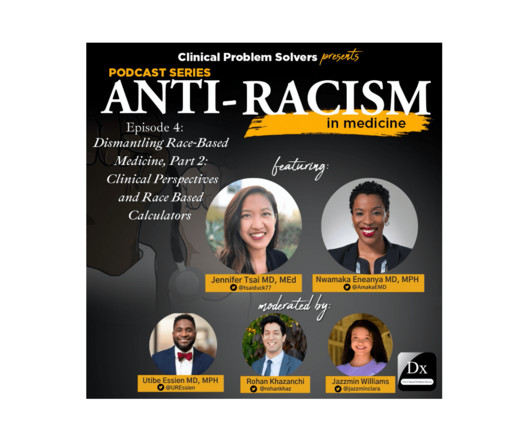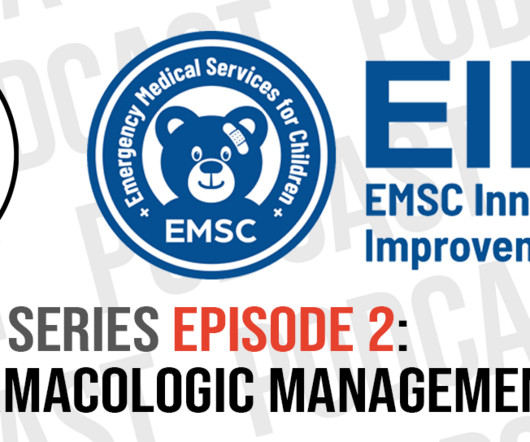Episode 148: Antiracism in Medicine Series Episode 4 – Dismantling Race-Based Medicine Part 2: Clinical Perspectives
The Clinical Problem Solvers
DECEMBER 16, 2020
19:05 Clarifying the “ethics vs science” argument and critiquing research techniques 22:00 Resurgence of race-based speculation in COVID-19-related research 25:57 Implantation of ideas about innate racial inferiority within medicine 28:32 Will removal of race from algorithms potentially harm our patients?











Let's personalize your content